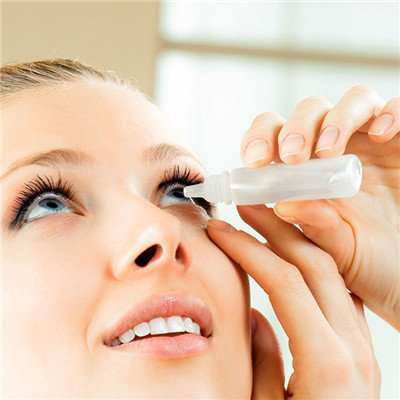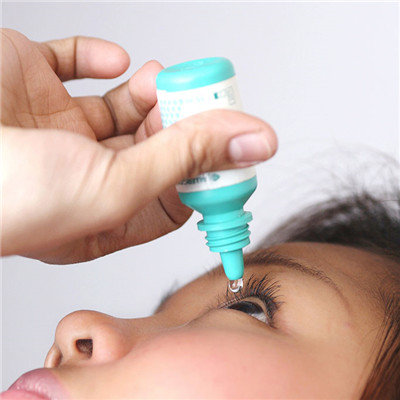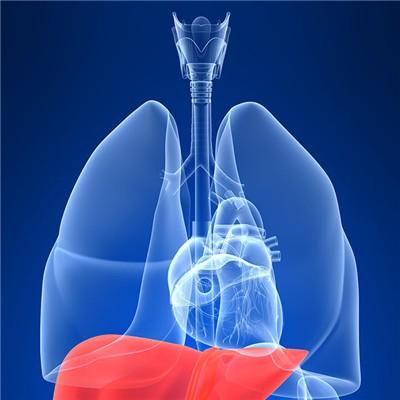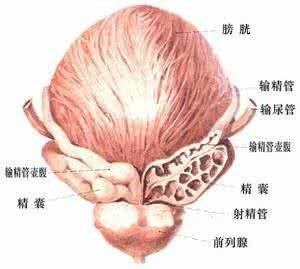What are the symptoms of keratitis?
summary
Keratitis is a disease that plagues many people. This disease has a great impact on the normal life and work of patients. So what are the symptoms of keratitis? This must be a common concern. Here is a detailed introduction of our experts. Let's have a look.
What are the symptoms of keratitis?
After the occurrence of keratitis, patients can mainly show fear of light, tears and pain, and even can't open their eyes in severe cases, which usually occurs in the case of conjunctival edema. Patients will also be accompanied by foreign body friction, patients will have palpebral spasm and other symptoms, some patients will have ciliary congestion, can show red eyes and other diseases. If not treated in time, the inflammation will gradually migrate, leading to the increase of ulcer surface.

If the disease develops to this situation, it is easy to lead to corneal tissue necrosis. When the necrotic tissue falls off, it will form a white yellow ulcer, and the ulcer area will continue to expand around. At this time, the patient may have severe ocular pain. Some patients will have ulcer perforation, aqueous humor and intraocular fluid will flow out from the perforation, which seriously affects the vision of patients.

If the inflammation develops to the eye, the patient will also have endophthalmitis or panophthalmitis, which will easily lead to atrophy of the eyeball, and even lead to blindness. Therefore, once patients with keratitis have the above symptoms, they must not take it lightly. They must make an early diagnosis and actively cooperate with doctors for scientific treatment, Only in this way can the lesion stay in the superficial layer of cornea be avoided.

matters needing attention
Excessive use of eyes caused by long-term use of eyes is a major cause of eye fatigue. The general symptoms of eye fatigue are blurred vision for a long time, some even unable to write or read, dry eyes, dizziness and pain, and nausea and vomiting in severe cases. In addition, asthenopia also leads to myopia or presbyopia in adults, and various eye diseases will be accompanied by excessive eye use. It can protect eyes, prevent vision damage, slow down eye fatigue, ensure proper light, maintain correct operation posture, ensure rest and do eye exercises.














